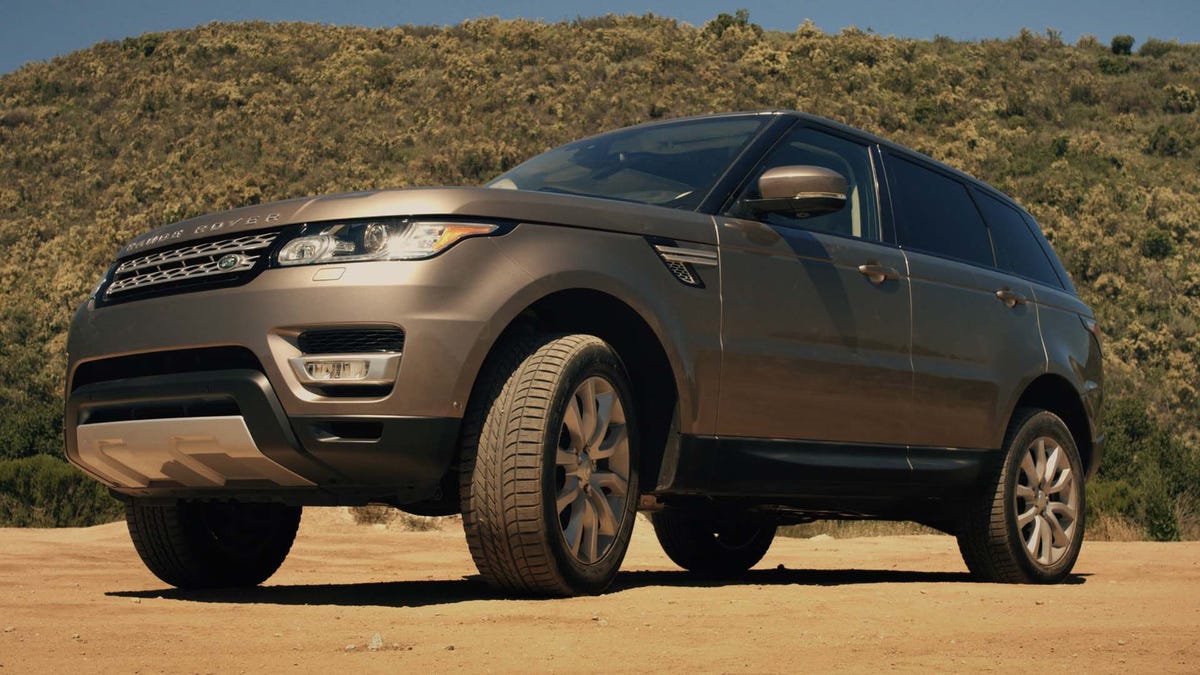Range Rover Sport diesel tours the occasionally wild West
Reviewing the 2016 Range Rover Sport Td6, we drive it over 2,500 miles from California up into the wilds of Idaho.

With its newly available turbo-diesel engine, the Range Rover Sport becomes a choice car for a road trip, pulling in 6 mpg better on average than its gasoline-fueled equivalent.
With its superior fuel economy in mind, we drove over 2,500 miles, from California to Idaho and back, through desolate places like Nevada's high desert.
The veterans' park in Winnemucca, Nevada, hosts vintage military equipment, including a Huey poised over trees.
Shoshone Falls, southeast of Boise, Idaho, runs through the Snake River Canyon, just south of where Evel Knievel attempted a jump across on a rocket cycle.
The Shoshone Falls park offers excellent views from numerous locations.
With the Range Rover Sport Td6's V6 diesel engine, we ended up with an average of 27.6 mpg for this 2,500-plus mile road trip.
North of Boise, Idaho, the RoadsideAmerica website pointed us to this grounded DC-3.
The Range Rover Sport easily trundled up a muddy fire road and made it under this fallen tree.
With its Terrain Response System and advanced offroad equipment, the Range Rover Sport is much more capable than its upscale interior would suggest.
The Columbia River is a wide waterway dividing Washington and Oregon, leading to the coast.
With its air suspension, the Range Rover Sport delivers a very comfortable ride on the highway, and increases its ground clearance for offroading.
Land Rover has a storied history building offroad capable vehicles, although in recent years the emphasis has also been on luxury.
Side vents accentuate the sporty look of the Range Rover Sport.
The 3-liter V6 diesel engine uses a turbocharger to produce 254 horsepower and 443 pound-feet of torque, and brings in 22 mpg city and 28 mpg highway.
Headlights include automatic high beams, that automatically switch to low beams for oncoming traffic, or when overtaking slower traffic.
With cushy leather-covered seats, the Range Rover Sport lends comfort to long trips.
An independent suspension makes for more comfort and better handling than a vehicle on solid axles could offer.
Smaller than its sibling, the standard Range Rover, the Sport version has reduced legroom for the rear bench.
The cargo area holds 27.7 cubic feet with the rear seat up, and a maximum of 62.2 cubic feet with the seats down.
Land Rover opts for simplicity in the Range Rover Sport's dashboard, limited the number of buttons.
The instrument cluster includes an LCD in the center for trip data and other information.
An eight speed automatic transmission is the only gearbox available for the Range Rover Sport.
The Terrain Response System relies on a console-mounted dial, letting drivers select a program for the current conditions.

